JohnQuixote
Ideal_Rock
- Joined
- Sep 9, 2004
- Messages
- 5,212
I’ve got to hand it to you Midnight. Understanding that angle variance (or a myriad of other backlit issues) could be what Rhino interpreted as yaw puts you at the front of the class.Date: 8/5/2005 10:02:21 PM
Author: Midnight
I would guess ''white light return''. Thus, the BS should correllates with a lower white light return on your LightScope example ''Minor Yaw'' vs. ''Virtually no Yaw'' since the ''Minor Yaw'' shows more pale red areas. Of course, this is assuming that the pale red areas are due to the yaw and not because if there are differences between crown & pavillion angles between the two examples.
Nice job.

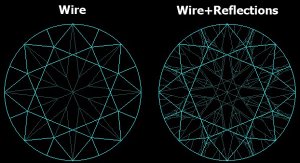
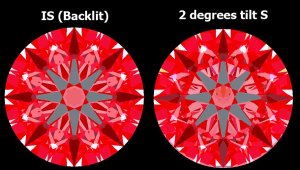
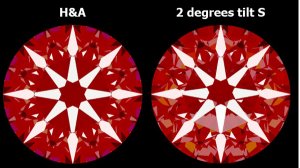
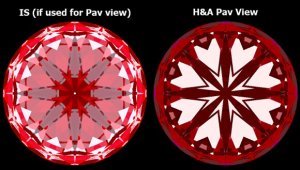
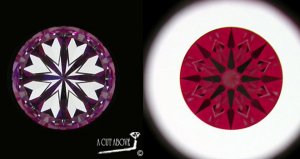

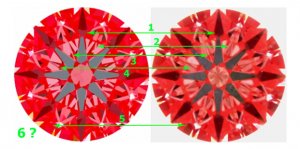







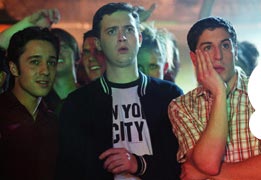



300x240.png)